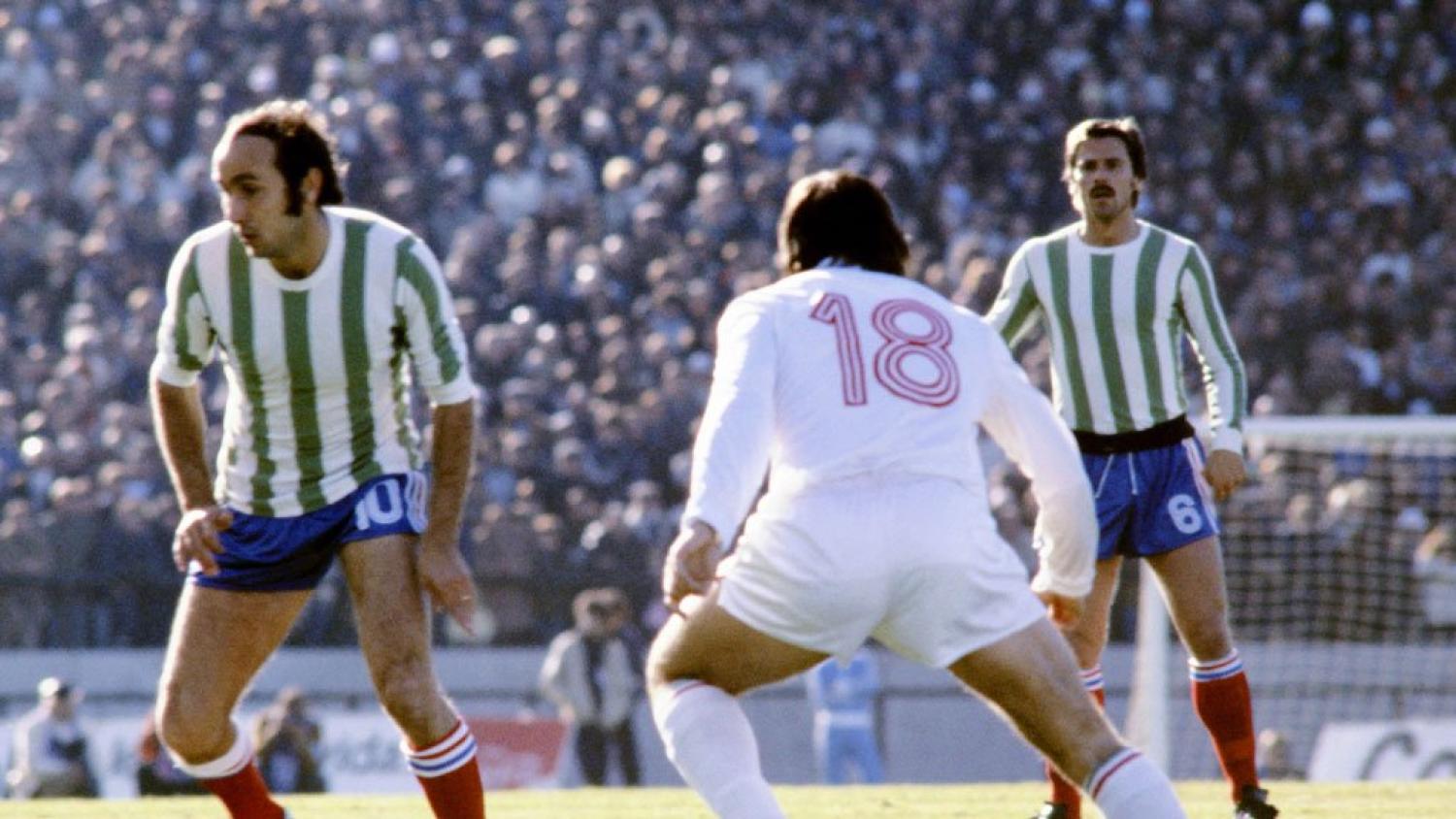France wearing green? Argentina in bright yellow? How about Mexico wearing blue and white stripes? In World Cup kit history, there have been five instances of club kits being worn by national teams, often due to bizarre circumstances.
These days, countless millions of dollars are spent developing, producing and advertising World Cup kits. It’s big business. We know this because we keep writing about it. Again and again.
You can’t imagine a team showing up to a World Cup match these days without having the right colors on or a change kit available. But this wasn’t always the case.
Five times in World Cup kit history, national teams wore shirts other than their own. Most of these were out of necessity and poor planning, with local kits being scrounged up at the last minute. Some of the clubs are iconic, like Italy’s Lazio or Sweden’s IFK Malmö. Others barely register on the international level, like Club Atlético Kimberley or Esporte Clube Cruzeiro.
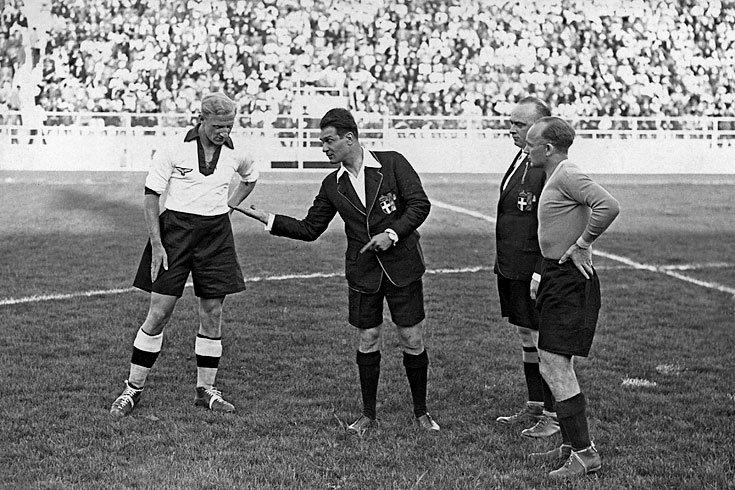
Austria in Lazio blue.
The 1934 World Cup in Italy was the first held on the European continent. Nonetheless, two European teams arrived to a game in matching shirts and no change kit.
The third-place match between Austria and Germany took place about a month before a German referendum gave supreme power to Austrian-born Adolf Hitler, setting the stage for Germany to take over Austria. But that’s another story for another time. As for this World Cup match, both nations took the pitch in white shirts. A coin toss determined Austria had to change.
The match was played in Naples but it was Roman club Lazio whose light blue jersey was conscripted for the Austrians. Perhaps because of the jersey change, one of Austria’s greatest teams lost 3-2 to Germany, which scored 24 seconds into the match.
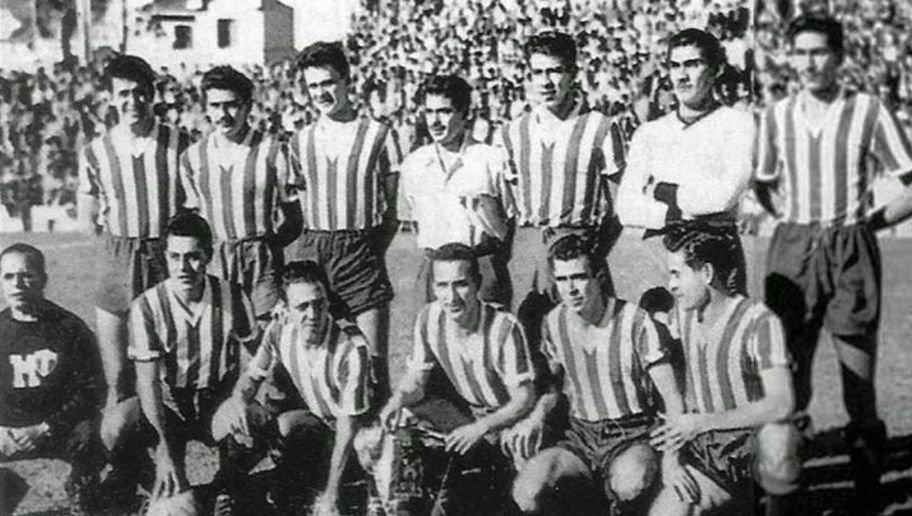
Mexico in blue and white at the 1950 World Cup.
Mexico and Switzerland had a meaningless match in the first group stage of the 1950 World Cup in Brazil, with neither holding any chance of advancing thanks to Brazil dominating the group. Perhaps already on vacation mentally, both clubs arrived to the match in Porto Alegre wearing their red kits.
Mexico won a coin toss to keep its kit, however the team graciously allowed Switzerland to remain in red. Thus, El Tri lined up that day in vertical blue and white striped shirts from nearby club Esporte Clube Cruzeiro.
The club (not to be confused with two-time Copa Libertadores champion Cruzeiro Esporte Clube of Belo Horizonte) has two lower-level championships to its name in 104 years of existence. Aside from having its kit worn in the World Cup, the only other highlight of the Cruzeiro’s long history is that Ronaldinho’s father played for them briefly.
Switzerland won 2-1.
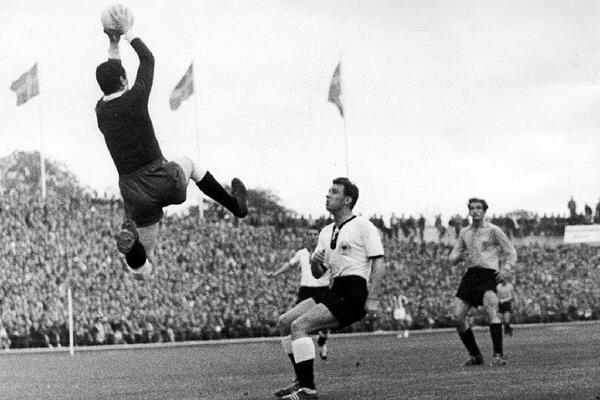
Argentina in Malmo yellow.
This was the most easily preventable snafu in World Cup kit history because it took place in the first match of the whole dang tournament. Argentina and West Germany had plenty of time to sort out who would be wearing what colors, but that didn’t prevent the two nations from showing up in similar kits.
Ultimately, Argentina donned the iconic yellow of IFK Malmö for the match, which they lost 3-1 in Malmö’s home stadium thanks to two goals from 1954 World Cup hero Helmut Rahn.
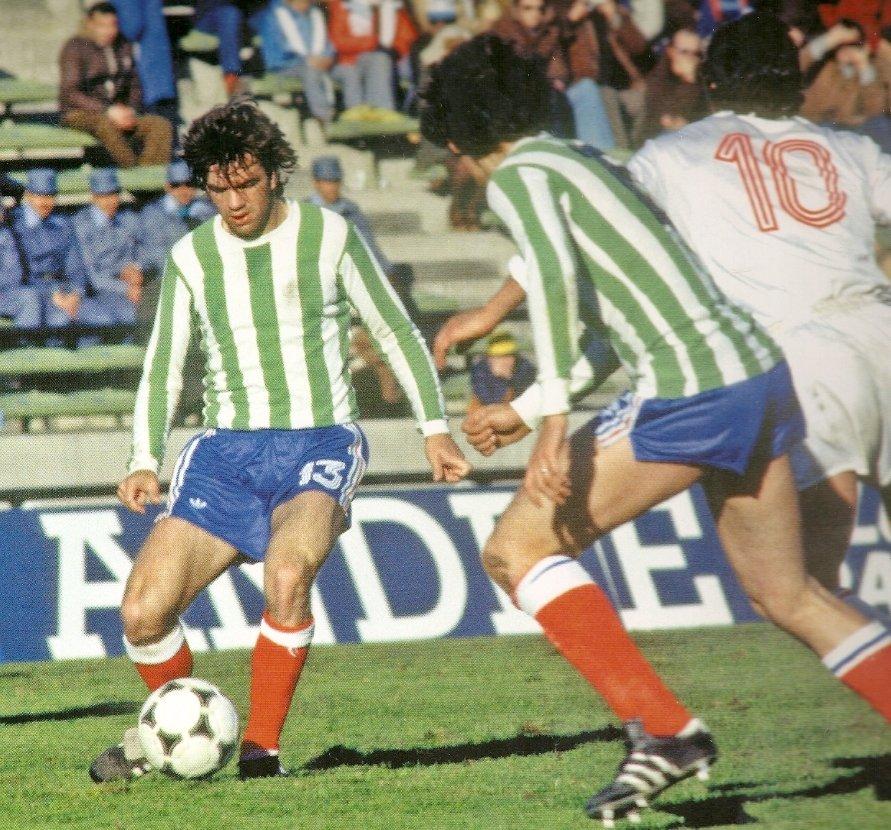
France in green
In the 1978 World Cup in Argentina, France and Hungary entered their final group-stage meeting in Mar del Plata with neither having any chance to move on. Nonetheless, the match holds a special place in World Cup kit history as the last time a team was forced to wear a uniform other than its own.
France traditionally wears blue. Hungary traditionally wears red. With most of the world watching the World Cup on black-and-white televisions, these colors would have been nearly impossible to tell apart. Knowing the teams needed to change, both showed up to the match wearing their change white kits — and neither brought their traditional kit. The match was delayed 40 minutes while France secured uniforms from Club Atlético Kimberley, a nearby club.
Thus, France wore green and white vertical stripes on top of their blue pants and red socks. Not a great look, but Les Bleus won the match 3-1 to avoid finishing dead last with Mexico.
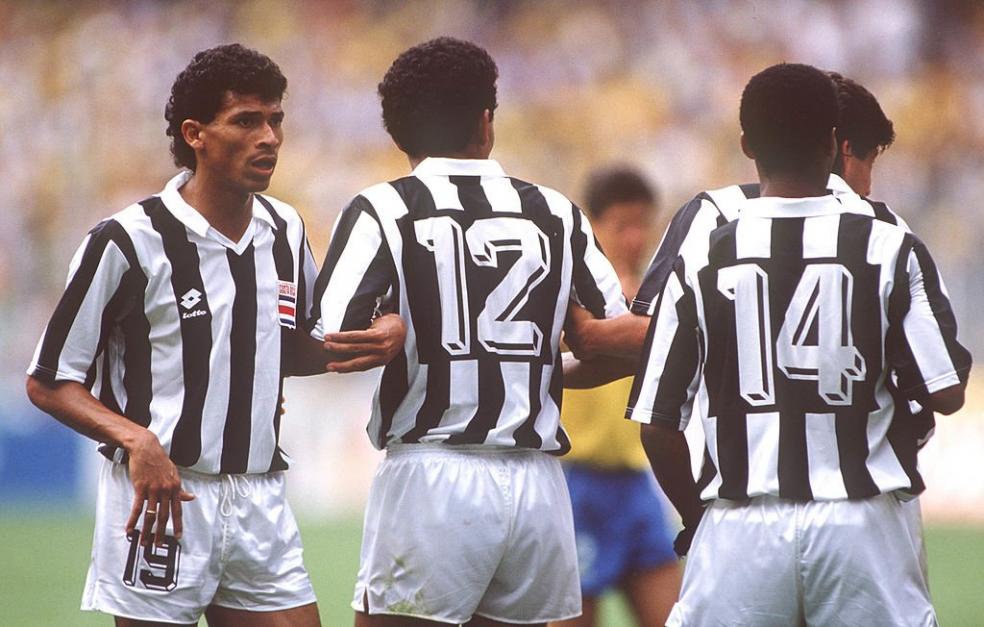
Costa Rica in black and white
Unlike all the other instances of club kits worn in the World Cup, this one was on purpose. When Costa Rica qualified for its first World Cup in 1990, Los Ticos’ secondary kit was based on that of Libertad, one of the oldest clubs in the country.
Costa Rica wore the kit, which is similar to Juventus’ black and white stripes, in a 1-0 loss to Brazil in Turin. Los Ticos wore it again a 2-1 win over Sweden, which, combined with a 1-0 win over Scotland, sent Costa Rica to the Round of 16, where it was promptly routed 4-1 by Czechoslovakia.
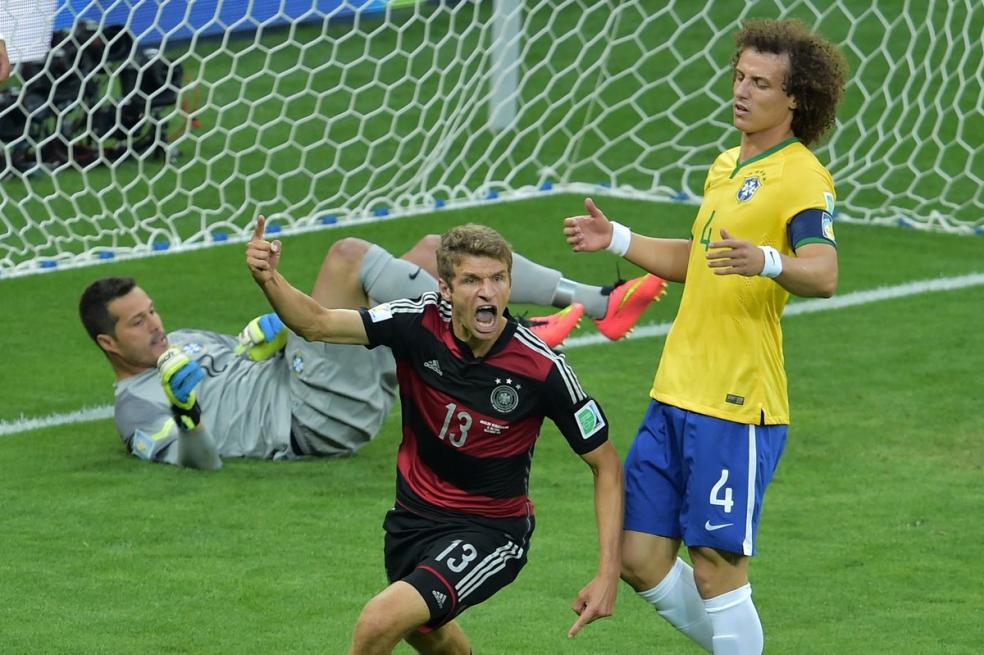
Germany in Flamengo colors
World Cup champion Germany arrived in Brazil in 2014 with a traditional white kit with red flair and a secondary kit featuring black and red horizontal stripes. While black and red weren’t new for Germany, the horizontal stripes were a first and were designed to honor Flamengo, one of Brazil’s oldest and most successful clubs.
Of course, Brazilians were not pleased by the gesture when Germany wore the kit during the 7-1 demolition of the Seleção in the semifinals on the way to winning it all.


